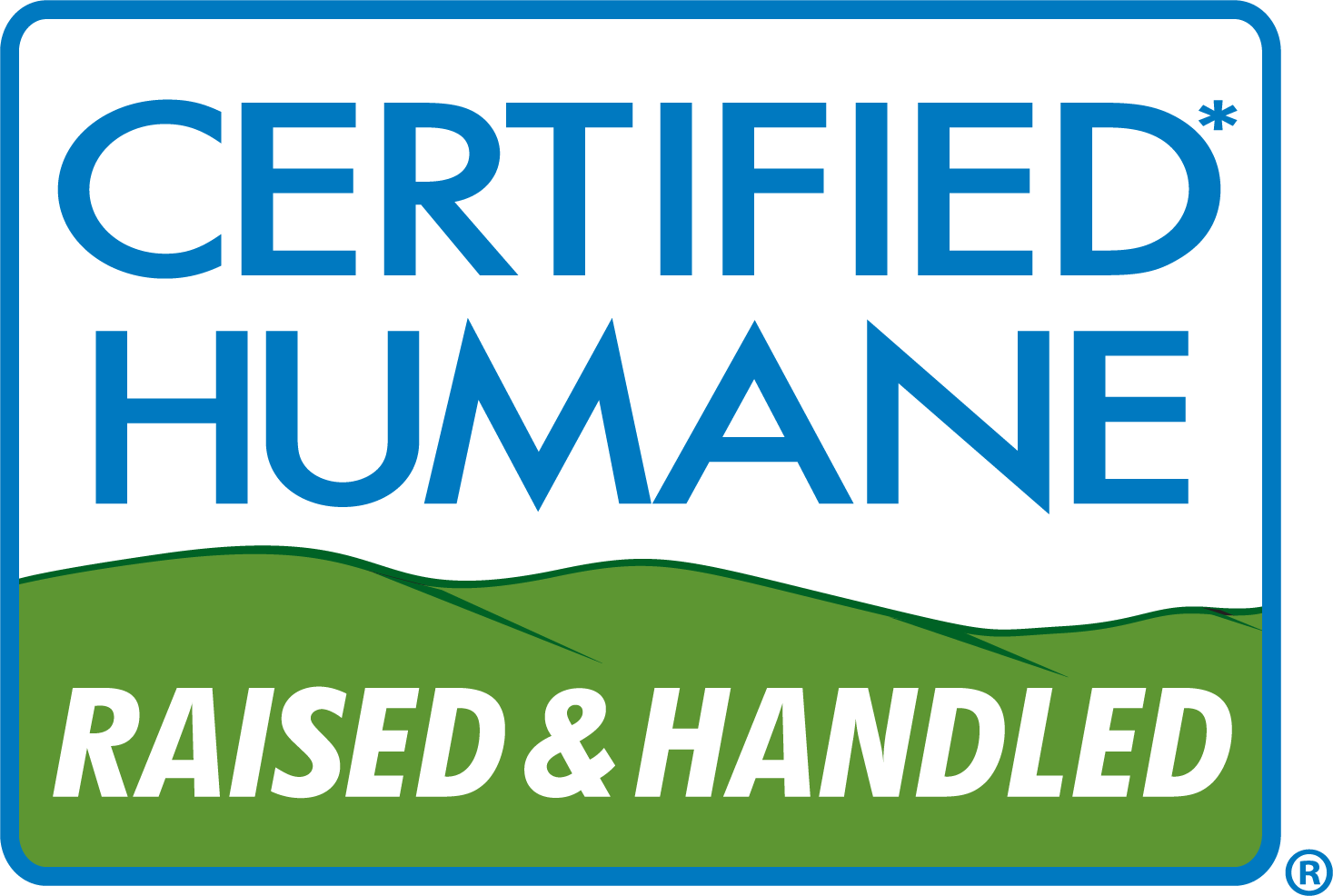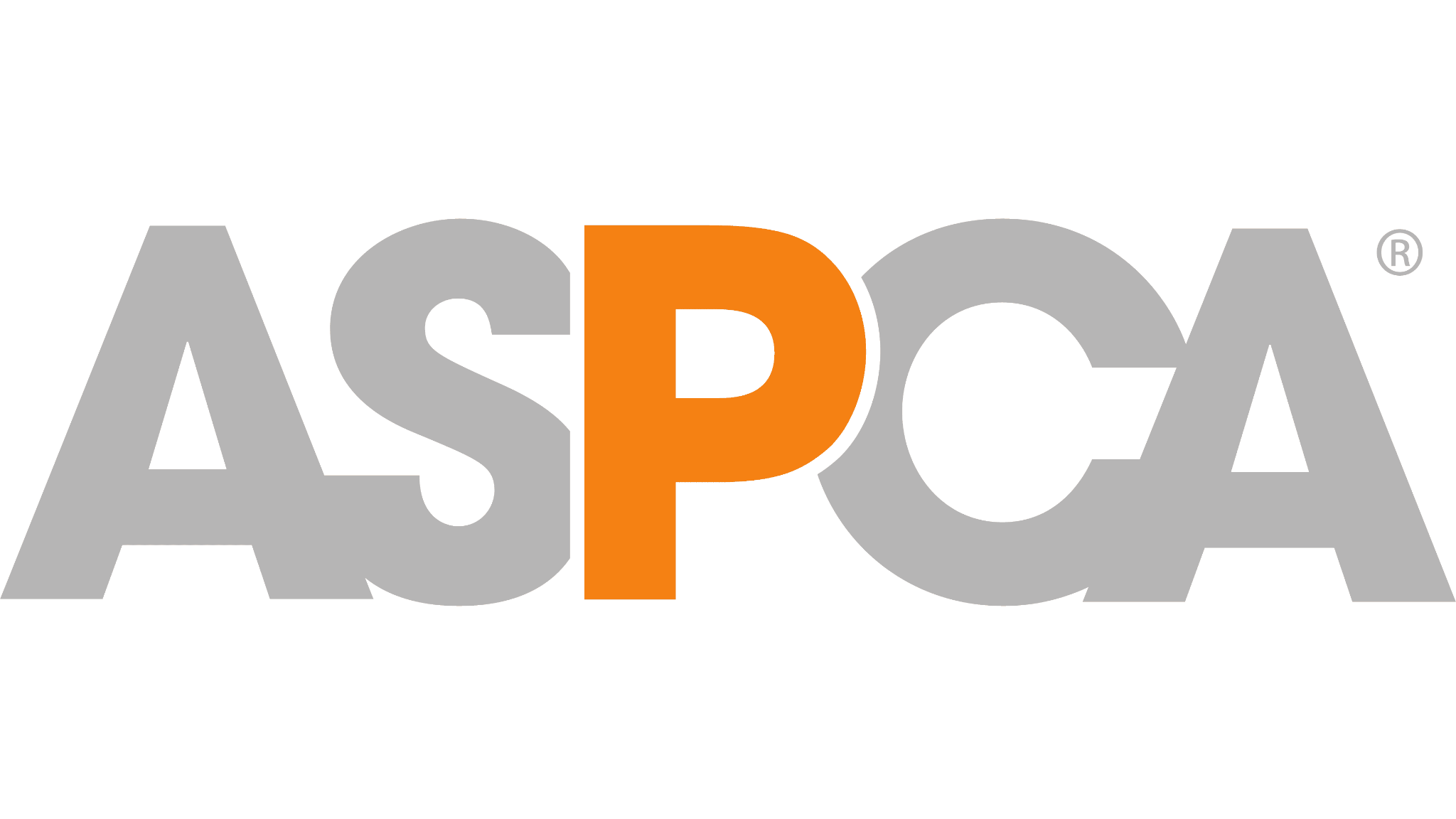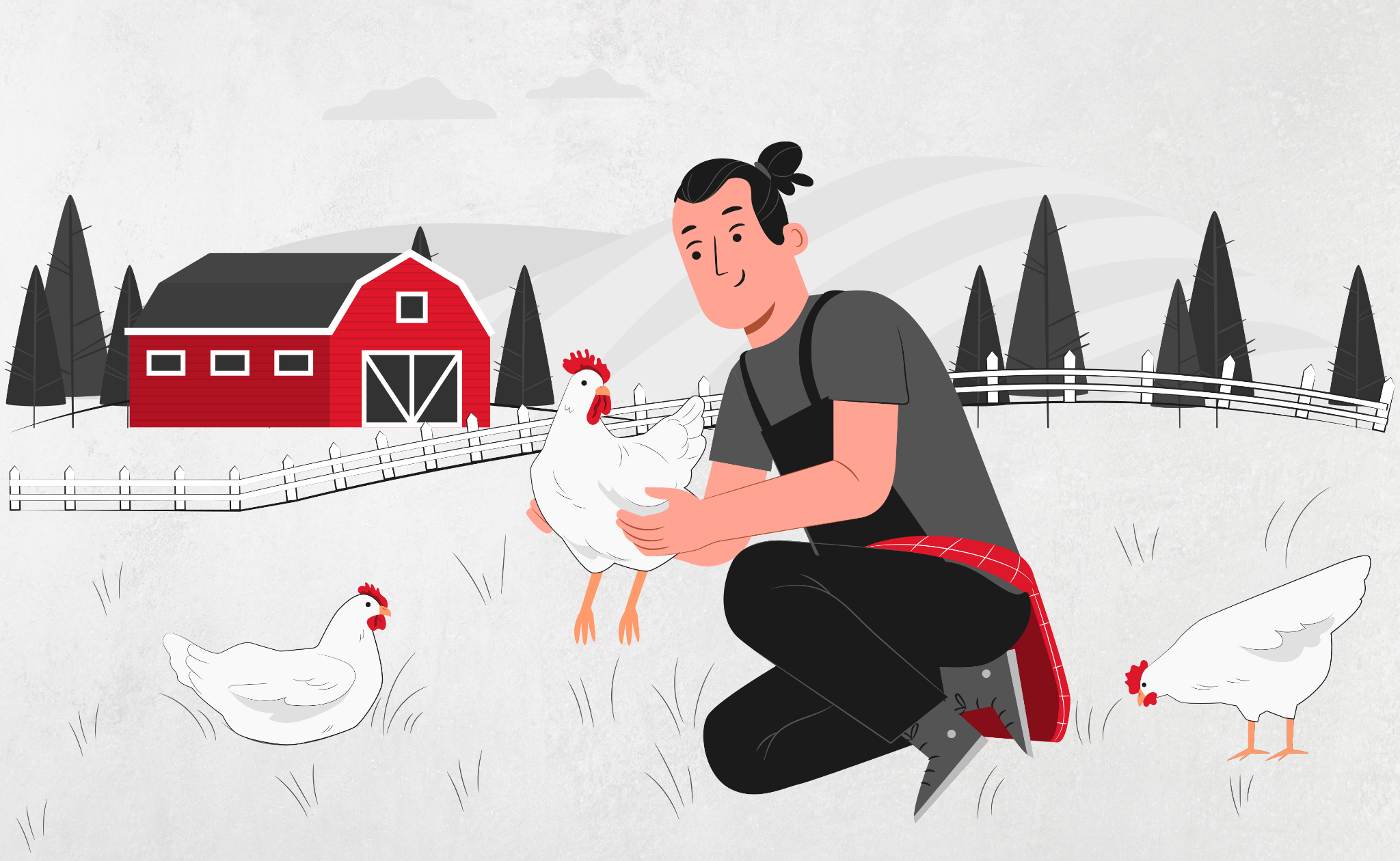
As the demand for organic and healthier food options continues to increase, many people are taking an interest in starting their own free-range farms. Free-range farming refers to a method of raising chickens outside cages and confined spaces where they can engage in natural behaviors. Chickens raised on free-range farms have access to diverse food sources and are thus healthier and produce more nutritious meat and eggs.
This article defines what constitutes “free-range” or “cage-free,” discusses the benefits and disadvantages of free-range chicken farming, and provides important relevant facts to help you set up your own free-range farm in no time.
What Is Free Range Farming?
The United States Department of Agriculture has provided a definition for some of the popular labels you may encounter about free-range chicken farming.
- Cage-free eggs, or from free-roaming hens, are eggs laid by hens that are allowed to roam in an open area or a room. This usually refers to a barn or a poultry house.
- Free-range eggs, or pasture-fed eggs, are eggs laid by hens that have access to the outdoors. These hens may have access to other wild food sources like insects and wild plant species.
- Organic eggs are laid by hens that are not confined in cages, are free to roam in the barn or poultry houses and have access to the outdoors. These hens are fed food that was produced with no pesticides or fertilizers. Certified organic eggs bear the USDA’s National Organic Program label.
The USDA’s loose definition of what constitutes free-range, however, is easily misinterpreted. Some take advantage of this loophole. A small open window or narrow door that leads to the outdoors but limits full-body entry can be legally defined as “access to the outdoors.”
For this reason, non-profit organizations like the Humane Farm Animal Care (HFAC) establish voluntary farm animal welfare certification programs to help validate the quality of food items labeled as free-range. In the process, they help improve the lives of farm animals in food production from birth to slaughter.
At the moment, free-range producers must follow the following standards to conform with HFAC’s Certified Humane program’s definitions:
- Free Range – This requires a space of two square feet per bird. All hens must be outdoors (if the weather allows it) for at least 6 hours a day.
- Pasture-Raised – This requires a space of 108 square feet per bird or 1,000 birds per 2.5 acres of space. The fields must be rotated. The hens must be outdoors year-round, with housing provided for hens to seek refuge in at night and protect themselves from predators or from bad weather.
For a more comprehensive guide on what various labels mean, see this handy chart compiled by the American Society for the Prevention of Cruelty to Animals® (ASPCA®).
Free-Range Chicken vs. Caged
Caged chickens refer to chickens that are kept in cages with no access to the outdoors. The majority of egg-laying hens in the United States live out their entire productive lives in battery cages. These are small enclosures where sometimes several birds are crammed in, leaving only about 67 square inches of space for each chicken, which is the minimum space requirement set by the United Egg Producers.
In these cages, the confined birds’ movement is restricted to the minimum. They cannot spread their wings fully without hitting the sides of the cage or other chickens within the cage. They are also housed with their own litter most of the time. This type of condition results in aggressive behavior among the chickens, self-harming behavior, and a wide array of physical problems.
The continued call for animal welfare and the humane treatment of animals in agribusiness is gradually compelling farm owners to find alternative housing systems that provide better living conditions for the birds.
As a result, various cage-free systems have been devised to raise chickens without the restriction of cages. Cage-free or free-range chickens can be raised within the confines of a barn. That does not mean they are totally free-range. Free-range chickens have “access to the outdoors,” regardless of whether or not they are able to use it.
| Features | Caged | Free-range |
|---|---|---|
| Body Weight | Heavier with more body fat due to restricted movements | Lighter with less body fat |
| Nutrition | Commercial feeds | Worms, wild plants, and insects OR homemade feeds, with or without supplementary commercial feeds |
| Slaughter Time (average) | 45 days | 120 days or more |
| Living Conditions | Limited movement, poor air quality, poor sanitation | Grasslands, woodlands, and other natural environments if they are free to roam. Otherwise, the conditions may be more or less similar to that of caged chickens. |
| Feathers | Dirty, untidy | Compact, shiny |
| Mobility | Have very limited space for movement, causing some to lose the ability to move their lower limbs | Are able to fly, spread their wings, and move around and engage in normal behaviors if the environment allows it |
| Meat Quality | High-fat, low-protein content | Low in fat, more muscles |
Free-Range Farming Statistics and Facts
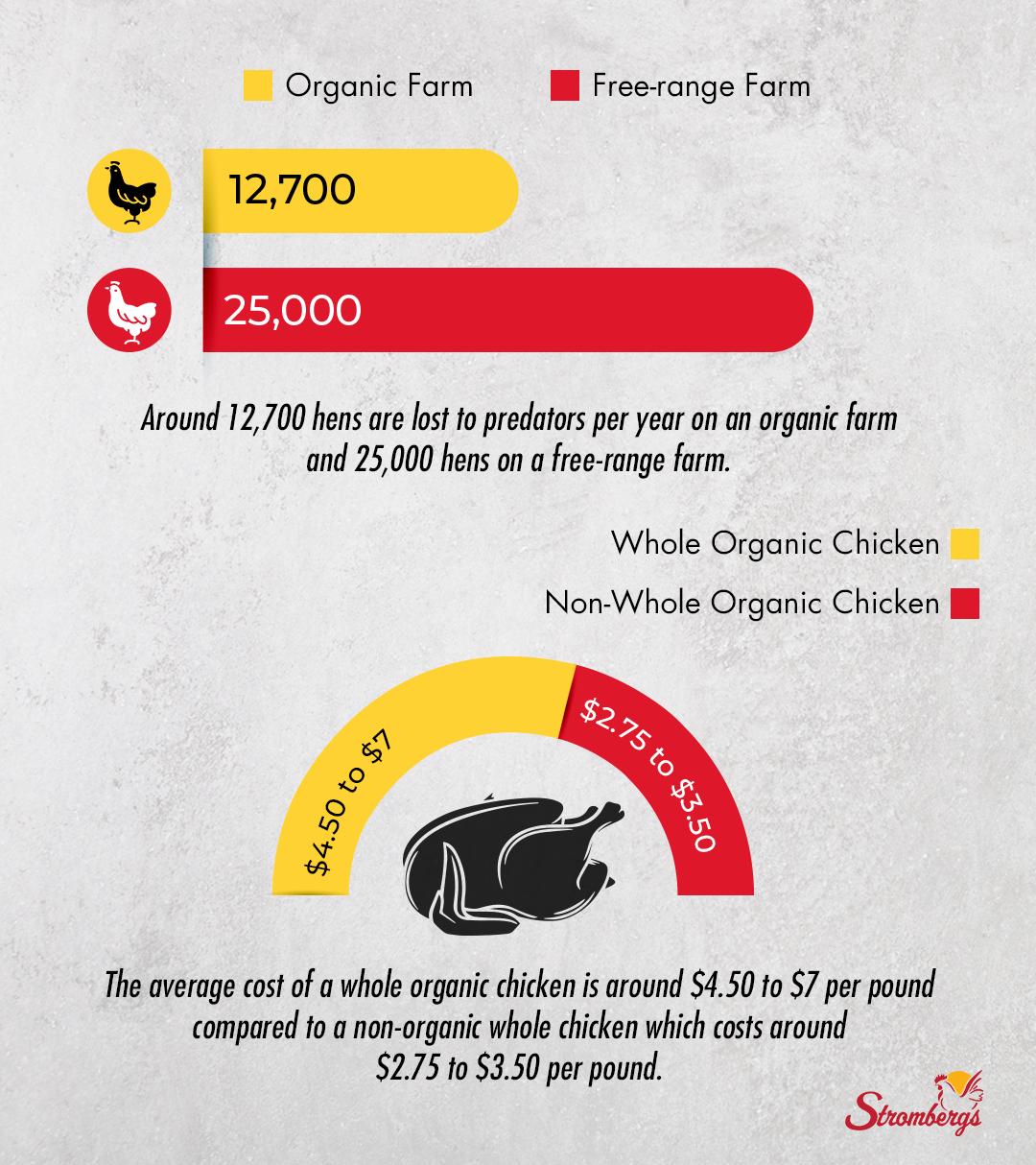
Here are some compelling statistics and facts on free-range farming to help you decide if it's the right course for you.
- Free-range chicken does not mean organic. Free range only refers to the birds’ living space.
- Around 12,700 hens are lost to predators per year on an organic farm and 25,000 hens on a free-range farm.
- Some free-range farms still practice debeaking, a form of facial mutilation that is performed by cutting off a baby chick’s beak.
- Sentiment toward buying caged chicken eggs changed when two of the United States’ biggest egg buyers (Walmart and Mcdonald’s) announced that they were going to stop selling eggs from caged pens in 2016.
- The average American consumes about 278 eggs per year.
- The average cost of a whole organic chicken is around $4.50 to $7 per pound compared to a non-organic whole chicken which costs around $2.75 to $3.50 per pound.
- Free-range eggs are less likely to be infected with Salmonella, the leading cause of foodborne illness in the US.
Pros And Cons of Free-Range Farming
From an ethical standpoint, free-range farming is the best way to go. This method, which allows the animals access to an outdoor environment where they can roam freely and feed on natural resources, has numerous benefits not just to the animals but also to the environment.
Still, it comes with its own set of challenges. On one hand, free-range farming allows the animals to live in a more natural environment, reducing production stress and helping them live a more humane life.
On the other hand, production can be more costly, and the less controlled environment means more monitoring work is required. Take a closer look at these advantages and disadvantages before you consider setting up your own.
Pros
- You can start small and expand later.
- You can use your own outdoor space.
- There is no need to remodel your property.
- There is minimal need for equipment purchase.
- Free-ranging chickens make for natural insect and pest control.
- The animals are happier. They are able to exhibit normal behaviors like perching and dust-bathing. They are less aggressive toward each other and are less likely to engage in self-harming behaviors.
- Free-ranging saves you money in animal feed as the chickens have other diverse sources of nutrition.
Cons
- Manure is everywhere.
- There is an increased need for antibiotics.
- Social stresses among the chickens may rise.
- The chickens can scratch up your grass for dust baths.
- They need shelter to protect themselves from predators.
- Free-ranging birds have the tendency to hide their eggs.
- Free-ranging birds can wreak havoc on your seed beds and gardens.
- They need close supervision and monitoring from external elements, predators, etc.
Guides to Free-Range Farming
Are you ready to embrace the joy and challenges of free-range farming? If so, it’s time to learn the basics. The following guides offer pertinent information about relevant laws, environmental impact, and important tools and tips that will help you get started with your own free-range farm.
Free-Range Breeds
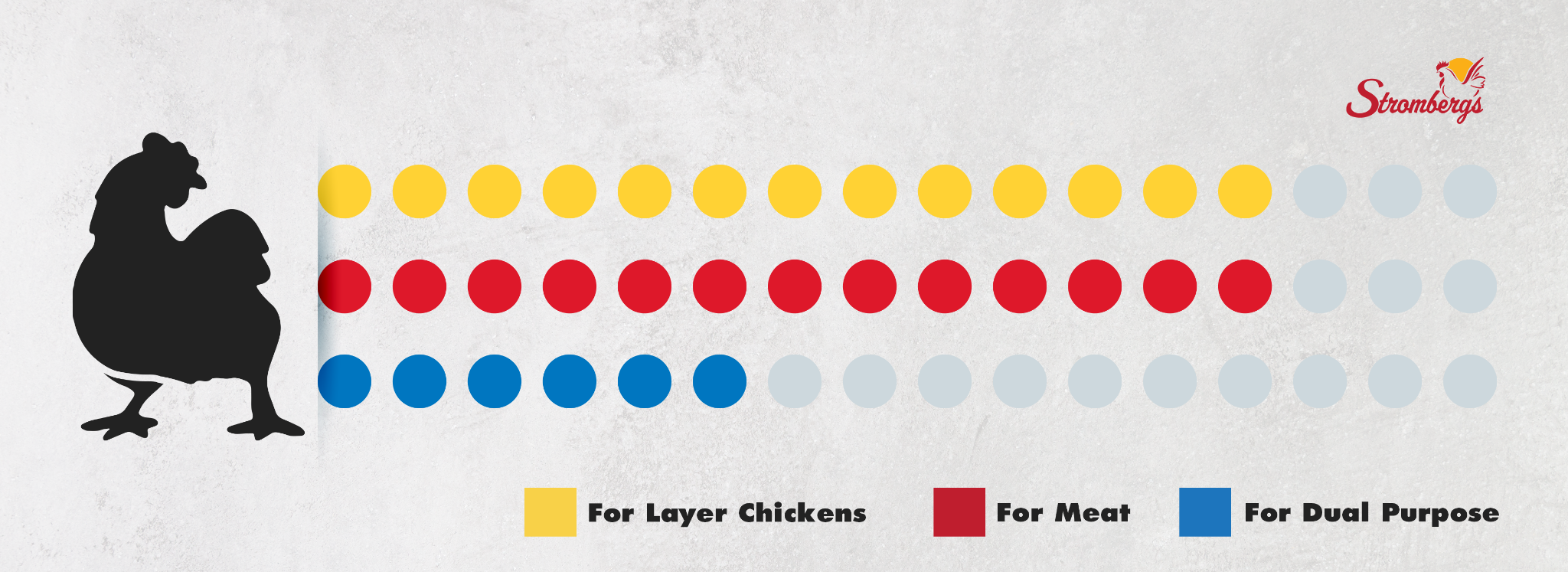
For Layer Chickens:
- Plymouth Rock
- New Hampshire Red
- Rhode Island Red
- Rhode Island White
- Delawares
- Australorp
- Dominant CZ
- Ameraucana
- Golden Comet
- Leghorn
- Dominique
- Sussex
- Wyandotte
For Meat:
- Breese
- Buckeye
- Freedom Rangers
- Welsummer
- Fayoumi
- Ancona
- Jersey Giant
- Red Broiler
- Kabir
- Cornish Cross
- Orpintin
- Sasso
- Hubbard
For Dual Purpose:
- White Leghorn
- Brown Leghorn
- Egyptian Fayoumi
- Turken (Naked Neck)
- Buckeye
- Chantecler
Location, Housing, Bedding, Lighting, Food, and Water
To successfully establish a truly free-range chicken farm, you need to consider the following factors:
- The availability of a conducive environment where the birds can freely roam
- The availability of a resting area to protect them from the elements and predators
- Access to water, food materials, and other nutritional sources
Land. Location is key. The land should be well-drained with good airflow and easy access to water. A plain terrain is preferable, with adequately shaded areas to provide rest for the chickens.
Housing. The housing size will be defined by how many chickens you intend to raise. Chickens can be housed in barns, runs, or hutches. Their housing needs proper ventilation and adequate lighting. Chicken coops should have a minimum of one foot square space per bird so they can move around during hot or cold days. Each cage can house 40 to 50 10-day-old chicks per square meter (around 1.8 square feet). When they’re 20 days old, the cage should be expanded to twice that size.
Bedding. You can use rice hulls, straws, wood shavings, or shredded paper as bedding or litter for the coop or cage. To keep the coops clean, the bedding needs cleaning and changing at least twice a week. It’s advisable to disinfect the area before putting the chickens back in.
Lighting. You will need 50 watts per 50 to 60 birds and 25 watts per 30 baby chicks. You should be able to adjust the height of the light to regulate the temperature inside the cages. If you see the birds huddling under the bulb, it’s a good indication that they need the place to be warmer.
Water. Keep water free from toxins and chemicals as much as possible. Water containers should be regularly cleaned and the water regularly replaced. See to it that the chickens have easy access to them. Keep the water in the shade as sun exposure can promote bacterial growth that can be harmful to the birds.
Food. Raising free-range chickens means lower food costs as the chickens will get most of their food from scavenging around the property. The best time to let them forage is early in the morning or late in the afternoon if the weather permits. This is also dependent on the seasons where you are. Supplement this free-range diet with stock feeds or homemade feed. Homemade chicken feed recipes may include corn, wheat, peas, oats, fish meal, poultry nutri-balances, kelp, and aragonite.
For commercial stock feeds, refer to the following:
For Layer Chickens:
- Chick starter for 0 to 6-week-old chicks
- Pullet grower for 6 to 20-week-olds
- Chicken layer for 20 weeks onward
For Free-Range Meat Chickens:
- Chick starter from 0 to 6 weeks
- Protein grower from 6 weeks to slaughter
Managing the Flock
If you’re managing 100 birds at a time, a small family or a hands-on caretaker should be able to manage the small farm. But if you’re looking to raise more, you will need at least ten people or full-time employees per 1,000 birds to keep everything handled. They must be knowledgeable in handling free-range animals and have good management skills.
Average Cost for Free-Range Farming
The cost of any project will always depend on its scale. You can always start small and expand later as your business grows. However, if you want to have a big farm from the get-go, you might need considerable investment as well. Inquire from your local banks for loan opportunities.
There are no guaranteed starting costs to starting a free-range poultry business in the United States. However, some costs can be approximated. See this guide about the potential costs of starting a medium-scale farm in the US.
Regulation and Certification
Aside from the USDA’s directive that the chickens must have “access to the outdoors” in order to be considered free-range, they provide no further requirements, stringent laws, or monitoring to verify whether or not the law is followed in spirit.
If you want your free-range products to be verified and certified, you can partner with non-profit organizations that offer humane certifications for following a set of animal welfare standards. This will help market your products as well as encourage other farmers to adhere to ethical farming practices.
Environmental Impact
Aside from their obvious ethical advantages, free-range farming has hugely positive impacts on the environment. Reap the following benefits with your own free-range chicken farm according to the Chicago Botanic Garden.
- Chickens act as effective, all-natural pest control agents. Chickens are persistent in ridding an area of insect pests.
- Chickens are powerful biorecyclers. Four birds can power through an estimated 400 pounds of food waste per year.
- Their manure is high in nitrogen content and can be used as free fertilizer.
- The chicken’s scratching and digging activities help till the soil, providing a natural aeration solution.
- Free-range provides a better alternative to the excessive waste produced by conventional factory farms. Given you are hands-on in keeping the farm well kept, the environmental impact is more sustainable in the long run.
Consumer Demand
Here’s a comprehensive view of the current statistics on consumer demands for chickens.
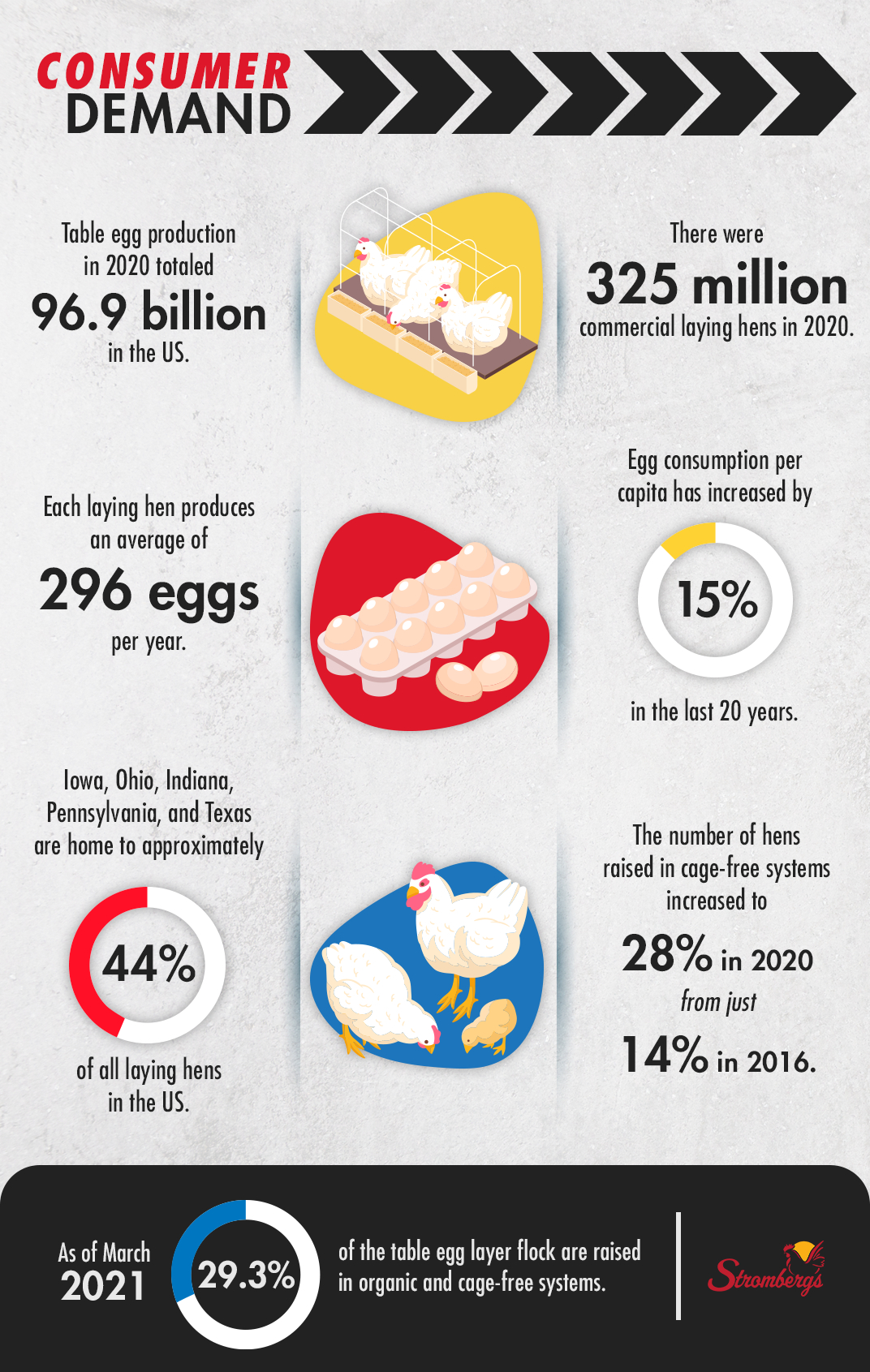
Tools for Free-Range Chicken Farms
Aside from housing equipment, you will need the following tools and equipment to successfully run and manage your free-range farm.
- Incubator and brooding equipment
- Feeders
- Water pots
- Heaters
- Laying nests
- Egg-handling nests
For a more comprehensive list of poultry equipment, see this guide.
Conclusion
Free-range farming is a fun and lucrative undertaking that helps conserve animal welfare in agribusiness. But like any method, it has its benefits and downsides. On the one hand, it allows animals to live dignified lives while reducing the negative impact of the poultry business on the environment. On the other hand, adequate space and considerable labor are needed, and the chickens are more vulnerable to predation, among other dangers.
Ultimately, the decision to engage in free-range farming or not depends on a variety of factors, including individual values and priorities, as well as economic and practical considerations. By weighing these pros and cons, you can make an informed decision about whether or not free-range farming is something you are willing to do.
References
- Alec PowAlec Pow is a thorough and methodical Financial and Business Analyst with over 15 years of experience in financial statement analysis and Pow, A. (2021) Whole chicken cost - in 2023, The Pricer. Alec Pow https://www.thepricer.org/wp-content/uploads/2022/01/thePricer.png. Available at: https://www.thepricer.org/whole-chicken-cost/ (Accessed: March 21, 2023).
- Barnes, P. by R. (2017, February 21). Eggstra! Eggstra! learn all about them. USDA. Retrieved March 21, 2023, from https://www.usda.gov/media/blog/2012/04/06/eggstra-eggstra-learn-all-about-them#:~:text=%E2%80%9CFree%2Drange%E2%80%9D%20or%20%E2%80%9C,eat%20wild%20plants%20and%20insects.
- Bestman, M. and Bikker-Ouwejan, J. (2020) Predation in organic and free-range egg production, MDPI. Multidisciplinary Digital Publishing Institute. Available at: https://www.mdpi.com/2076-2615/10/2/177 (Accessed: March 21, 2023).
- Cage-free vs. battery-cage eggs (no date) The Humane Society of the United States. Available at: https://www.humanesociety.org/resources/cage-free-vs-battery-cage-eggs (Accessed: March 21, 2023).
- Certified Humane (2014) "free range" and "pasture raised" officially defined by HFAC for certified humane® label, Certified Humane. Available at: https://certifiedhumane.org/free-range-and-pasture-raised-officially-defined-by-hfac-for-certified-humane-label/#:~:text=CONSUMER%20UNION%20EVALUATION%3A%20Free%20range,standard%20definition%20of%20this%20term. (Accessed: March 21, 2023).
- Davies, J. (2021) US farm pushing forward free-range egg sales, Poultry World. Available at: https://www.poultryworld.net/poultry/us-farm-pushing-forward-free-range-egg-sales/ (Accessed: March 21, 2023).
- Evan (2016) Regulation of free-range systems for Chicken Health and Welfare, Debating Science. Available at: https://blogs.umass.edu/natsci397a-eross/regulation-of-free-range-systems-for-chicken-health-and-welfare/%C2%A0 (Accessed: March 21, 2023).
- Facts & stats (2021) United Egg Producers. Available at: https://unitedegg.com/facts-stats/%C2%A0 (Accessed: March 21, 2023).
- Humane certifications | Humaneitarian. (2011, July 12). Humaneitarian | Eat With Care. https://humaneitarian.org/what-is-humanely-raised-meat/humane-certifications/ (Accessed: March 21, 2023).
- Martins, A. T. (2016, July 28). Estimated Cost of Starting a Poultry Farm Business in 2022. ProfitableVenture. https://www.profitableventure.com/cost-start-a-poultry-farm/ (Accessed: March 21, 2023).
- P. (2018, June 28). 5 SECRETS HOW TO START A SUCCESSFUL FREE RANGE CHICKEN FARMING BUSINESS - POULTRY FEED FORMULATION. POULTRY FEED FORMULATION. https://poultryfeedformulation.com/secrets-how-to-start-a-successful-free-range-chicken-farming-business/ (Accessed: March 21, 2023).
- Raising Free Range Chickens Information | Asia Farming. (2018, March 24). Asia Farming. https://www.asiafarming.com/raising-free-range-chickens-information (Accessed: March 21, 2023).
- Shahbandeh, M. (2023) Per capita consumption of eggs in the U.S. 2023, Statista. Available at: https://www.statista.com/statistics/183678/per-capita-consumption-of-eggs-in-the-us-since-2000/#:~:text=The%20demand%20of%20eggs%20has,estimated%20at%20277.5%20per%20person. (Accessed: March 21, 2023).
- The environmental benefits of Backyard Chickens (no date) Chicago. Available at: https://www.chicagobotanic.org/blog/urban_agriculture/environmental_benefits_backyard_chickens#:~:text=Backyard%20chickens%20provide%20a%20better,in%20an%20eco%2Dconscious%20manner. (Accessed: March 21, 2023).
- Thehumaneleague.org. Available at: https://thehumaneleague.org/article/cage-free (Accessed: March 21, 2023).
- Understanding chicken labels (no date) ASPCA. Available at: https://www.aspca.org/shopwithyourheart/consumer-resources/meat-eggs-and-dairy-label-guide/understanding-chicken-labels (Accessed: March 21, 2023).
- What is free-range chicken and what does free-range really mean?: FFAC (2022) Factory Farming Awareness Coalition. Available at: https://ffacoalition.org/articles/free-range-chicken/ (Accessed: March 21, 2023).
- Written By Michael Greger M.D. FACLM • November 7, 2012 L.updated: J.2 (2012) Are free-range eggs healthier than conventional eggs?, NutritionFacts.org. Available at: https://nutritionfacts.org/questions/are-free-range-eggs-healthier-than-conventional-eggs/%C2%A0 (Accessed: March 21, 2023).


